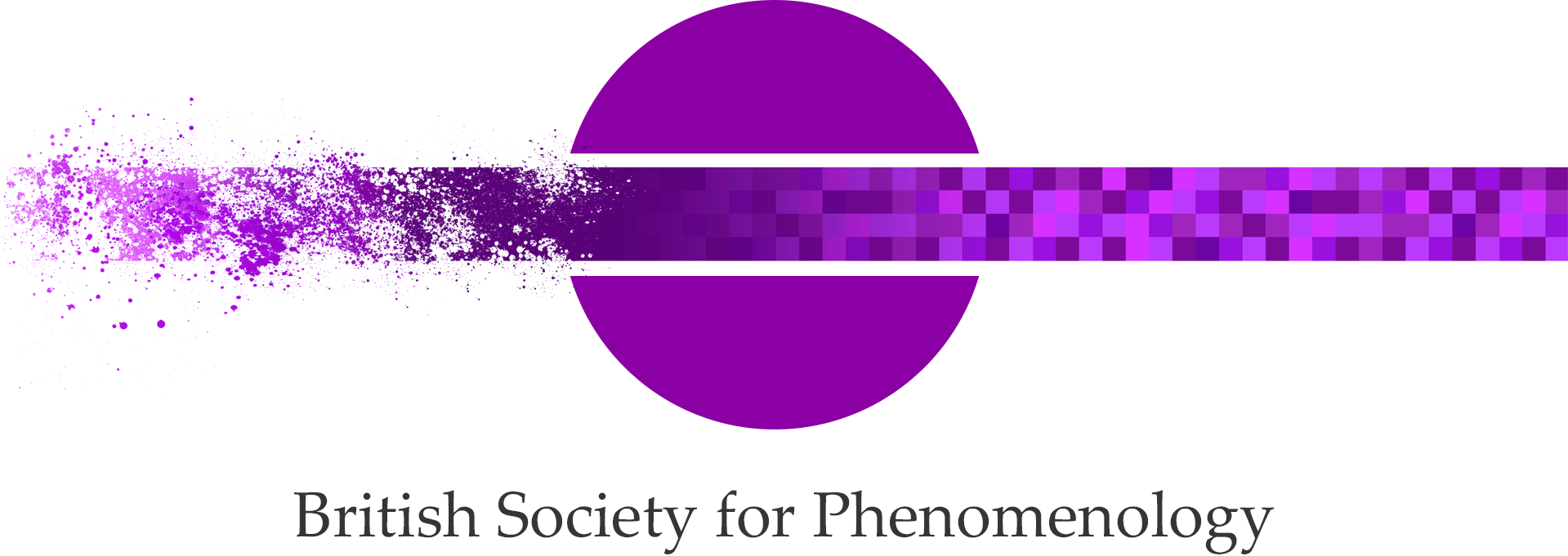Alia Al-Saji (McGill University) at the University of Hamburg Department of Philosophy for University of Hamburg Diversity Days (16:00-17:30 CET).
Please join the University of Hamburg Department of Philosophy for a virtual talk by Alia Al-Saji on Monday, June 13, at 16:00 Central Europe Time. The talk is organized as part of the University of Hamburg Diversity Days.
“Cultural Racism and Muslim Veiling”
Alia Al-Saji, McGill University
Mon., June 13 at 16:00–17:30pm Central Europe Time
For Zoom information, please email Caleb Ward at [email protected]
Abstract:
There has been debate in recent years regarding whether the stereotyping of Muslims in several Western settings (e.g. France, the United States, the UK and Canada) can properly be called “racism.” A compromise has been to employ other terms, such as “neo-racism” or “cultural racism,” to indicate the “newness” of the prejudice concerned. My purpose in this essay is twofold. First, to examine the phenomenology of Islamophobia or “cultural racism,” arguing that it is indeed a form of racism. Second, however, I want to ask after the politics that frames this phenomenon as not really “racism.” My aim is, at once, to try to understand the process that undergirds cultural racism or Islamophobia and to ask why it misrecognizes itself, how it involves an elision of itself as racism. This has to do with the way in which bodies are perceived in cultural racism: a form of racialization that relies on a strict nature-culture division with respect to the body. This division enables a mode of self-justification by which the cause of intolerance or prejudice can be attributed to cultural material practices (clothing, food, behaviour) rather than biological bodies (skin color, phenotype), hiding the racism at stake. My focus, in analyzing this phenomenon, will be on Western attitudes towards, and perceptions of, Muslim women and their veiling practices, attitudes evidenced in the contexts named above.

